#sedgeland
Explore tagged Tumblr posts
Text
In the central highland of Tasmania, you have a very unique ‘grassland’, which does not consist of grasses but a sedge (#Gymnochoenus sphaerocephalus) and a fern (#Gleichenia Alpina).
#floraofaustralia#澳洲植物#Tasmanian plants#sedgeland#button grass#alpine coral-fern#莎草#蕨类植物#Gymnochoenus#Gleichenia
15 notes
·
View notes
Text
Refs ! And some info for the general lines of the ask blog!

Sumer! (5500 BCE- 1800 BCE, oldest) currenlty in the Uruk Period! (in 3300 BCE) (Cool Video) Decided to give them the Lamassu as a "animal", because it was a protective figure for royalty!
"Initially depicted as a goddess in Sumerian times, when it was called Lamma, it was later depicted from Assyrian times as a hybrid of a human, bird, and either a bull or lion—specifically having a human head, the body of a bull or a lion, and bird wings, under the name Lamassu"(x)

Upper Egypt (3400 BCE- 3100 BCE) ( and Lower Egypt! (3500 BCE-3100 BCE) (Cool Video) They unify in 3100 BCE!
"Snakes are shown in Papyrus, walls of tombs and ancient artifacts because they are not only a symbol of protection and were respected by ancient Egyptians but also a sign of the union of two kingdoms"(x)
"In ancient Egypt, Upper Egypt was known as tꜣ šmꜣw, literally "the Land of Reeds" or "the Sedgeland", named for the sedges that grow there." (x) "Standard titles of the pharaoh included the prenomen, quite literally "Of the Sedge and Bee" (nswt-bjtj, the symbols of Upper and Lower Egypt) and "lord of the Two Lands" " (x)

Indus Valley Civilization! (The pacifict) (Cool Video) Gave them a cow as an animal seen the religion connection to them in modern times.
"Cattle. They were the main domestic animals of the Indus Valley Civilisation, and their bones constitute half of those found in the uncovered Indus sites. Cows were mainly domesticated for their milk, and bullocks were kept for drawing carts, threshing, and raising water; simultaneously, bulls were kept for breeding."

Caral-Supe Civilization! (3500 BCE- 1800 BCE) (Cool Video)
I didn't find anything about the language spoken by them , if anyone knows I'll alter it but for now I gave the generic color of the South Americas Eyes!
Gave them a Vicuña Vicugna as an animal , since it's the currend national animal of Peru , and they are fluffy and I like to draw them a lot...
Xia Dynasty China is not yet present! (They come around 2070 BCE)

Also a timeline of the domestication of animals!

The Ask Blog will be set in 3300 BCE to start , since that is the start of the Bronze Age!
(Reminder : If I do any errors please say so! I am here to learn too and confrontation of ideas is fun!) Thank you and have a nice day or night!! (∩`-´)⊃━☆゚.*・。゚ *May alter this post as it goes! or make an other!
#countryhumans bronze age#countryhumans cradle of civilization#countryhumans sumerian civilization#countryhumans sumer#countryhumans upper egypt#countryhumans lower egypt#countryhumans indus valley civilization#countryhumans caral-super civilization#countryhumans ask the bronze age
37 notes
·
View notes
Photo


The ancient Egyptian name of the country was Kemet (𓆎𓅓𓏏𓊖) km.t, which means black land, likely referring to the fertile black soils of the Nile flood plains, distinct from the deshret (dšṛt), or "red land" of the desert.
This name is commonly vocalised as Kemet, but was probably pronounced [kuːmat] in ancient Egyptian. The name is realised as kēme and kēmə in the Coptic stage of the Egyptian language, and appeared in early Greek as Χημία (Khēmía).
Another name was ⟨tꜣ-mry⟩ "land of the riverbank". The names of Upper and Lower Egypt were Ta-Shem-ahu (tꜣ-šmꜥw) "sedgeland" and Ta-Mehew (tꜣ mḥw) "northland", respectively. [X]
#egypt#ancient egypt#egyptology#archaeology#historyedit#mine#my edit#documentary#doc: nile 5000 years of history
440 notes
·
View notes
Text

i’ve always wanted to just stumble into a sedgeland and I had a dream that I did just that.
33 notes
·
View notes
Text
Origins of the name „Egypt“
Lost the follower question, but here’s the answer:
The English name Egypt is derived from the Ancient Greek Aígyptos (Αἴγυπτος) via Middle French "Egypte" and Latin "Aegyptus". It is reflected in early Greek Linear B tablets as "a-ku-pi-ti-yo". The adjective "aigýpti-"/"aigýptios" was borrowed into Coptic as "gyptios", from there into Arabic as "qubṭī", back formed into "قبط" ("qubṭ"), whence English "Copt". The Greek forms were borrowed from Late Egyptian (Amarna) Hikuptah "Memphis", a corruption of the earlier Egyptian name ḥwt-kȝ-ptḥ, meaning "home of the ka (soul) of Ptah", the name of a temple to the god Ptah at Memphis.
"Miṣr" (مِصر) is the Classical Quranic Arabic and modern official name of Egypt, while "Maṣr" (Egyptian Arabic: مَصر) is the local pronunciation in Egyptian Arabic. The name is of Semitic origin, directly cognate with other Semitic words for Egypt such as the Hebrew "מִצְרַיִם" ("Mitzráyim"). The oldest attestation of this name for Egypt is the Akkadian "mi-iṣ-ru" related to miṣru/miṣirru/miṣaru, meaning "border" or "frontier".
The ancient Egyptian name of the country was km.t, which means black land, referring to the fertile black soils of the Nile flood plains, distinct from the deshret (⟨dšṛt⟩), or "red land" of the desert. This name is commonly vocalised as Kemet, but was probably pronounced [kuːmat] in ancient Egyptian. The name is realised as kēme and kēmə in the Coptic stage of the Egyptian language, and appeared in early Greek as Χημία (Khēmía). Another name was ⟨tꜣ-mry⟩ "land of the riverbank". The names of Upper and Lower Egypt were Ta-Sheme'aw „sedgeland" and Ta-Mehew (⟨tꜣ mḥw⟩) "northland", respectively
84 notes
·
View notes
Text
Forrestdale Lake Nature Reserve
I only had an hour to shoot my first attempt at forest photography with the Nikon d500 - it was at sunset but at a location only spotted from the car that morning so my Recce was a quick read of Wikipedia about the Forrestvale Lake Nature Reserve.
“Forrestdale Lake is a shallow, brackish, seasonal lake with a large area 220 to 245 hectares of open water when full. It is located 25 km south of Perth. It has extensive fringing sedgeland typical of the Swan Coastal Plain, and is a major breeding site, migration stop-over and semi-permanent drought refuge area for waterbirds. It usually dries out by mid-summer. The area to the north-east is suburban with houses only 50 metres (160 ft) from the lake. There is a large area of natural open woodland on the eastern side, which is where these images were taken.”
No tripod so images were hand held in low light using 18-200 VR Zoom lens with max aperture of f5.6.
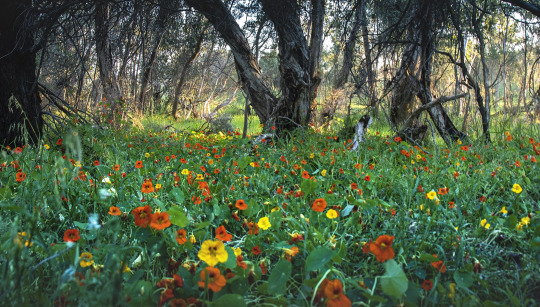
1/13 s @ f7.1 200 ISO 18mm. The bright flowers in the foreground are probably escaped garden flowers rather than wildflowers. The green background is the marshy lake bed covered with sedge.
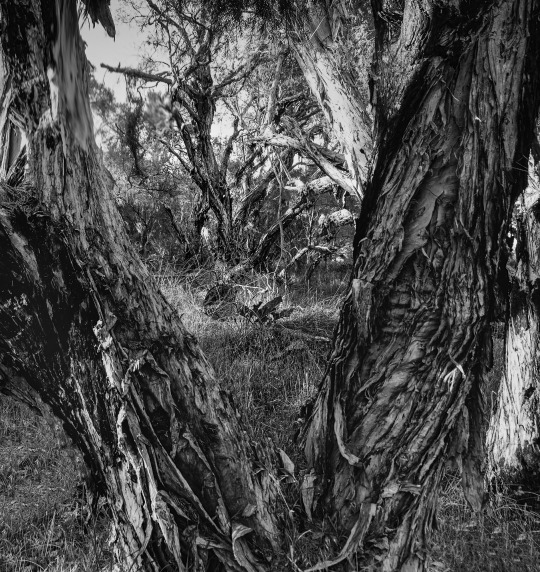
1/25s @f7.1 ISO 200 18mm
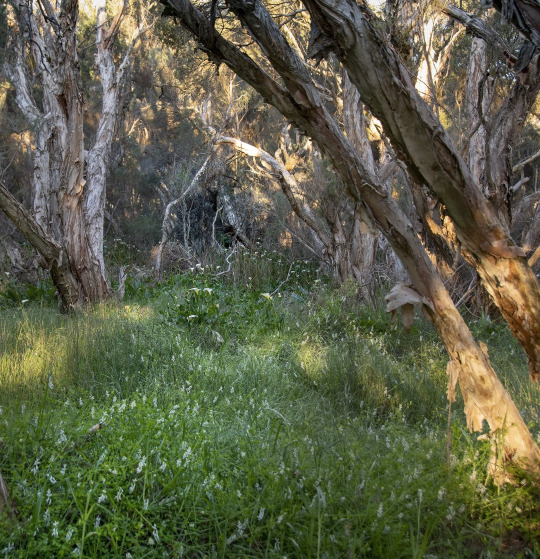
1/25 @ f7.1 34mm. The white lillies throughout the sedge are also not indigenous but domestic flowers that have grown wild throughout the marshy shores of the lake.
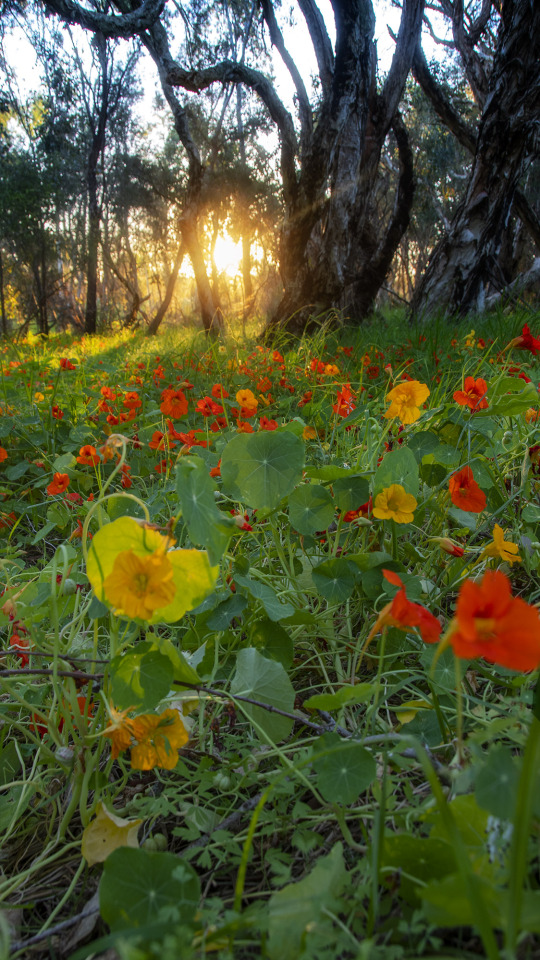
1/13s @f7.1 ISO 200 18 mm at sunset
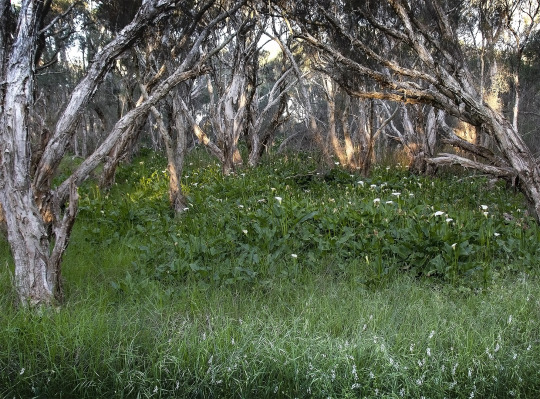
1/25 @ 7.1 200 ISO 18mm
2 notes
·
View notes
Text
Hymn to Nekhbet
To Nekhbet, great one of Upper Egypt, I offer my praise. Nekhbet who wears the White Crown, mighty in ancient Nekhen, companion of Wadjet with whom you ward the Two Lands, yours is the sedgeland and the reed, yours the lotus bloom; yours is the vulture crown, O Nekhbet who is kind. O mother of mothers, bearer of the shen, O wide-winged goddess, shelter and shield of children, helper of women in their travail, I honor you. O good and gracious goddess, Nekhbet who soars, who is mistress of the heavens, who sees all that lies below, you are the unifier, the bringer of harmony, the granter of strength. O Nekhbet, fierce as any mother, yours is the gift of devotion, yours is the work of the protector, yours is the sustenance of Ma’at: I pray to you.
110 notes
·
View notes
Text
The Cycle Of Food And Fire
Humans have been influencing the land and environment for the sake of food for centuries.
Australia’s landscape did not always look like it does today. Historians and scientists can point back to a time when humans’ need for food completely altered the continent’s natural makeup.
50,000 years ago, Australian Aboriginals used “fire stick farming” as a way to hunt large animals. Equipped with torches, humans burned forests to drive out, trap and kill things to eat. This tactic happened on such an extreme level in Australia that humans were able to drive hairy rhinoceroses, massive birds, giant kangaroos, wombats, and other massive marsupials to extinction. Humans forever changed Australia’s plant and wildlife.
Fire had a number of functions in Aboriginal culture. One use was for signaling, the once well-known smoke signals in movies. Another was for clearing tracks through the bush and keeping poisonous snakes away from them, making it easier to move through the bush. This function of fire was used regularly to keep tracks clear in thick bush in the Blue Mountains and the dense tea-tree scrub in western Tasmania. It was also used to keep tracks clear though the tall tropical grasslands of Arnhem Land. All across the continent fire was used to flush animals from grass to make them easier to hunt.
It was also used to encourage the kangaroos and other prey animals to congregate on the areas of fresh vegetation sprouting on the areas they had burnt. Fire also encouraged the regrowth of eucalypt trees and edible plant food such as bracken, from which the roots, young leaves and shoots could be eaten. The ash from the burnt areas was a fertiliser for the regrowth as soon as it rained.
Extensive, regular burning altered the environment, increasing the area over which they could find food. One of the places where they had an enormous effect was on the west coast of Tasmania, converting the fire-sensitive rainforests of southern beech, Nothofagus, that was a relict of Gondwana, from mixed eucalypts and rainforest to scrub and eventually to heath and sedgeland. Since the end of burning in these cleared areas the rainforest is reclaiming its habitat.
One the reasons fire-stick farming was so successful over such a vast range of environments is that the farmers adapted the fire regimes to suit individual areas.
Unlike the fire regime in Tasmania, where the rainforest was cleared by fire to allow food plants to grow, the Anbara from Arnhem Land use a variety of the burning regime that avoided the rainforest patches because they provided many food plants that were susceptible to fire, not regenerating after burning. Among the Anbara there are strong ritual prohibitions against burning: jungles that are the home of spirits that would blow smoke into the eyes of the fire lighters and blind them. Soon after the wet season fire breaks about 1 km wide are carefully burnt around these thickets. This protects the jungle thickets from the fires set to burn off the surrounding grasslands in the dry season, in June and August.
The Anbara say that fire is necessary to clean up the country, they regarded unburnt grassland as neglected. At least once every 3-4 years the grassland, eucalypt woodlands and savanna in their territory is burnt. The same pattern of regular, low intensity burns were carried out all over the continent prior to European colonisation. The result was that high-intensity fires that burnt the trees as well as the litter and dry grass were avoided, and the food supply was maintained.
A mosaic pattern of burning was practiced in desert regions, in winter, parts of the area were burnt. In spinifex grasslands, the spinifex is burnt and the cleared land is colonised by other desert plants that provide more food than areas dominated by spinifex. One of the plant species that replaces spinifex under these conditions is the wild tomato. These are the most important fruits of the desert people, they are very nutritious, and are high in vitamin C, and they remain edible for long periods on the plant. Another plant that replaces the spinifex is the wild banana, its leaves, fruit and roots are all edible.

0 notes
Photo



this little one was found in a cats mouth! 😠 no injuries, so that’s good. in care and will be released. . KEEP YOUR CATS INSIDE! . Australian swamp rat - Rattus Lutreolus, also known as the Eastern swamp rat, is a species of rat that grows to have a body length of approximately 160 millimetres with a tail length of approximately 110 mm and a mass of about 120 grams. . if you think the I.D is incorrect, please let me know. . The preferred habitat of the swamp rat is thick vegetation along watercourses and in swamps. Dense vegetation of islands above the high water mark is also suitable. They can also live in area of coastal heath, dune scrub, grasslands and sedgelands. The rats will form tunnels through the vegetation through which they can move. The species tend to choose the habitat based on density of vegetation in the area. . #rattuslutreolus #rat #swamprat #wildliferescue #wildlife #wildliferules #keepcatsinside #catattack
#rattus#rat#swamp rat#wildlife rescue#wildlife#wildlife rules#rattus lutreolus#cat attack#keep cats inside
2 notes
·
View notes
Text
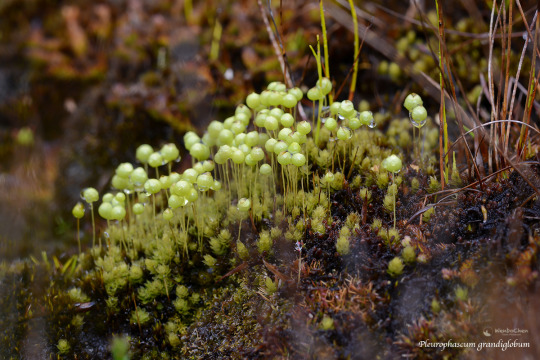
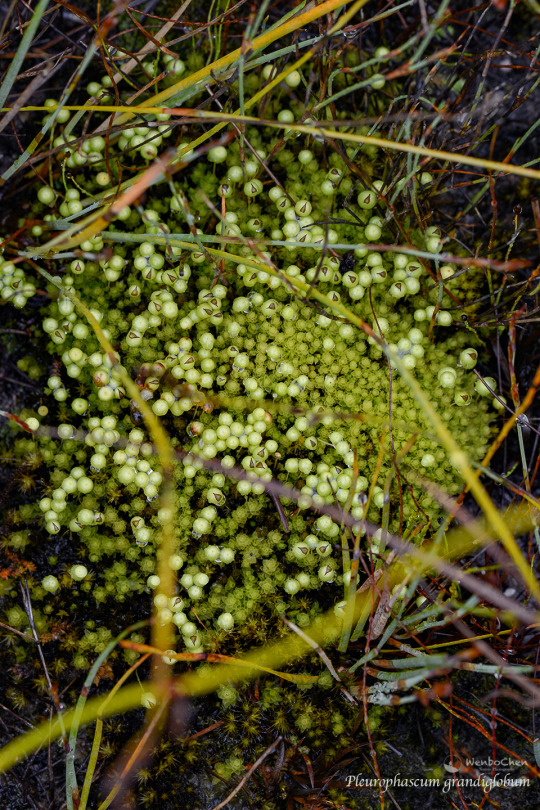
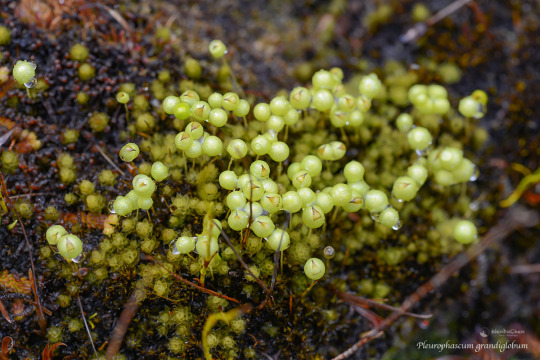
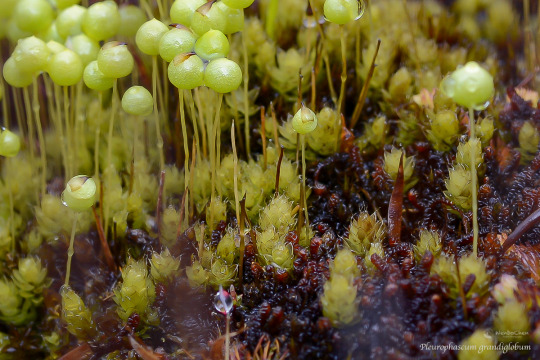
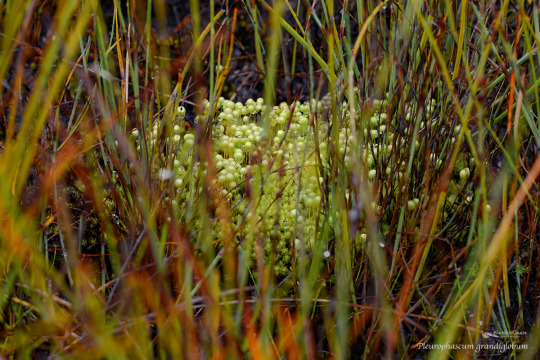
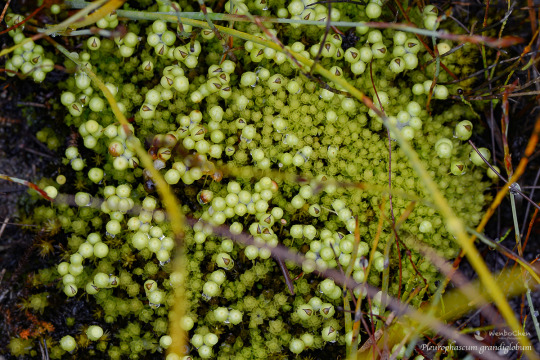
The cutest moss I've ever seen: Pleurophascum grandiglobum, endemic to Tasmania, grows in boggy moorlands or sedgelands. The other two species in the genus are P. ovalifolium, endemic to the South Island of NZ and P. occidentale, endemic to Western Australia.
19 notes
·
View notes
Photo









The unique sedgeland (Button Grass ((Parastacoides tasmanicus)) of Tasmania.
14 notes
·
View notes